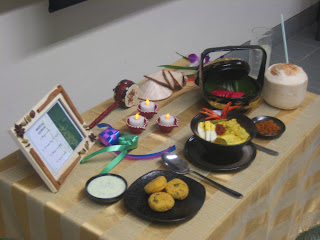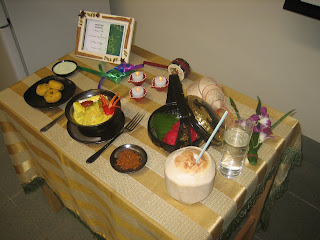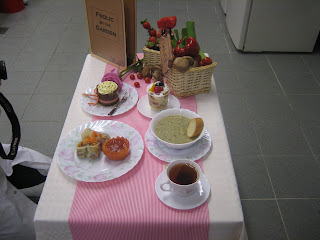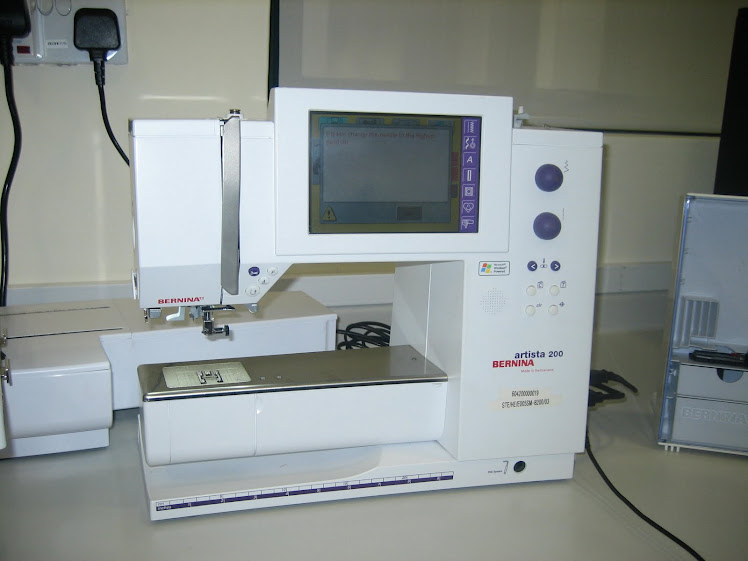





The 13 ingredient paste

This is the breakfast item that is widely eaten by many and loved.

Coriander chutney.....
Much similar to the Mint(puthina) and 'Thuvayal'.
Coconut chutney is the standard.

Vadai....
I have the habit of eating this snack and thosai's as well as biryani's when I visit 'Tekka' area.
After which, I would buy sweet meats and then head back home.
:0

The menu card. Sorry for the blurred image. :)

This picture is outstanding....
It shares a similarity with group 1's microteaching(The group I was in):0.
It is about multi-ethnicity.
What we did several weeks back were on food that was eaten globally.
Couscous was what Mavi and myself had decided.
Couscous was introduced by my brother-in-law back in 2007.
It tastes like 'chappati' and 'poori' but in a granular form.
In group 6's context, All members made foods that were consumed locally.
Malay, Chinese and Indian food.
This is a typical scenario for teaching National Education in Home Economics.
We are all so diverse yet so much similar in our thoughts,deeds and emotions.
:0

Absa's fabulous lontong. I have eaten much of this but never really cared to find out that there were 13 different ingredients in the paste itself.....
AMAZING!!!
:0

Ang Ku kuih.....I remember a joke made by a friend of mine about a decade ago that came back to memory. It was about his girl friend blushing. :)

Food that I am very familiar with.There are many variations to this. I love prawns on it.

The norm of a mass debrief






























